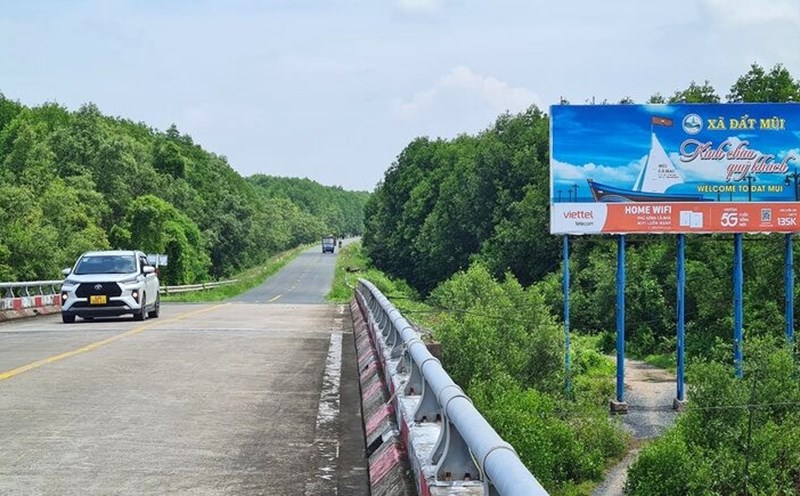The pearl on the southwest coast of the Fatherland
Hon Khoai island cluster is located southeast of Ca Mau Cape, about 15 km from the mainland. Hon Khoai island cluster has many small islands such as: Hon Sao, Hon Go, Hon Doi Moi, Hon Da Le forming a natural belt that blocks the Southwest sea. In which, Hon Da Le (ated 08°22'08"N - 104°52'04"E) is identified as point A2 on the basis of Vietnamese territorial sovereignty, a coordinate with legal value in affirming national sovereignty at sea.
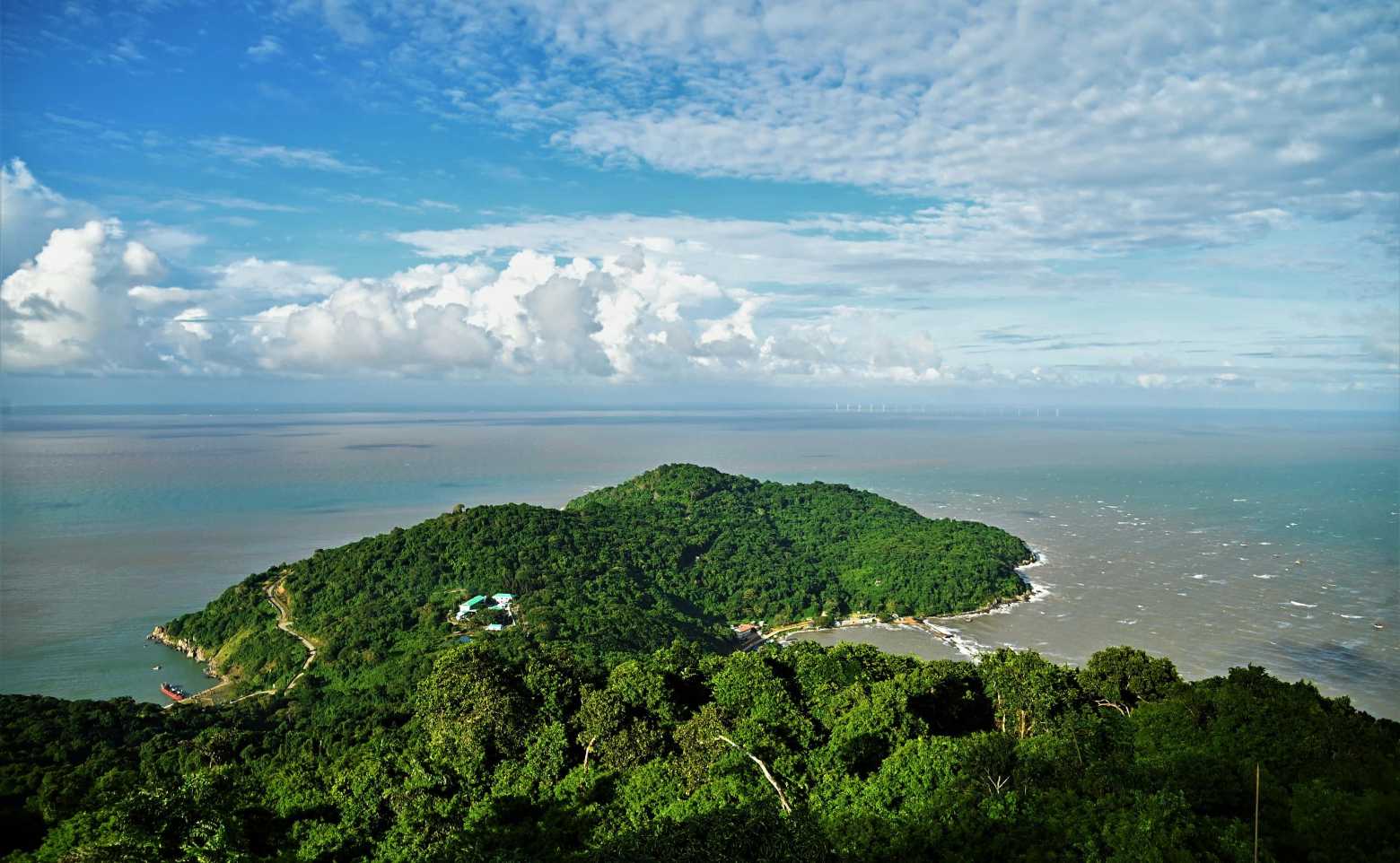
Hon Khoai, the largest island in the cluster, has an area of about 400 hectares, with rugged rocky terrain with a peak of up to 318 m above sea level.
Unlike many coastal islands, Hon Khoai has abundant natural freshwater resources and a rich forest - marine ecosystem. The island has a traffic route of about 14 km long, surrounded by a sea area of over 1,200 km2, and is located near an important international shipping route with the daily traffic of freight ships.
Dat Mui people used to race boats to Hon Khoai to get fresh water to drink and do daily activities during the quiet sea season.

Hon Khoai is associated with the Hon Khoai uprising led by hero Phan Ngoc Hien on December 13, 1940 against French colonialism. This victory became a revolutionary milestone, December 13 every year was chosen as the traditional day of the Party Committee, army and people of Ca Mau province.
Hon Khoai was recognized by the Ministry of Culture - Information (now the Ministry of Culture, Sports and Tourism) as a National Historical - Cultural Relic since April 27, 1990.
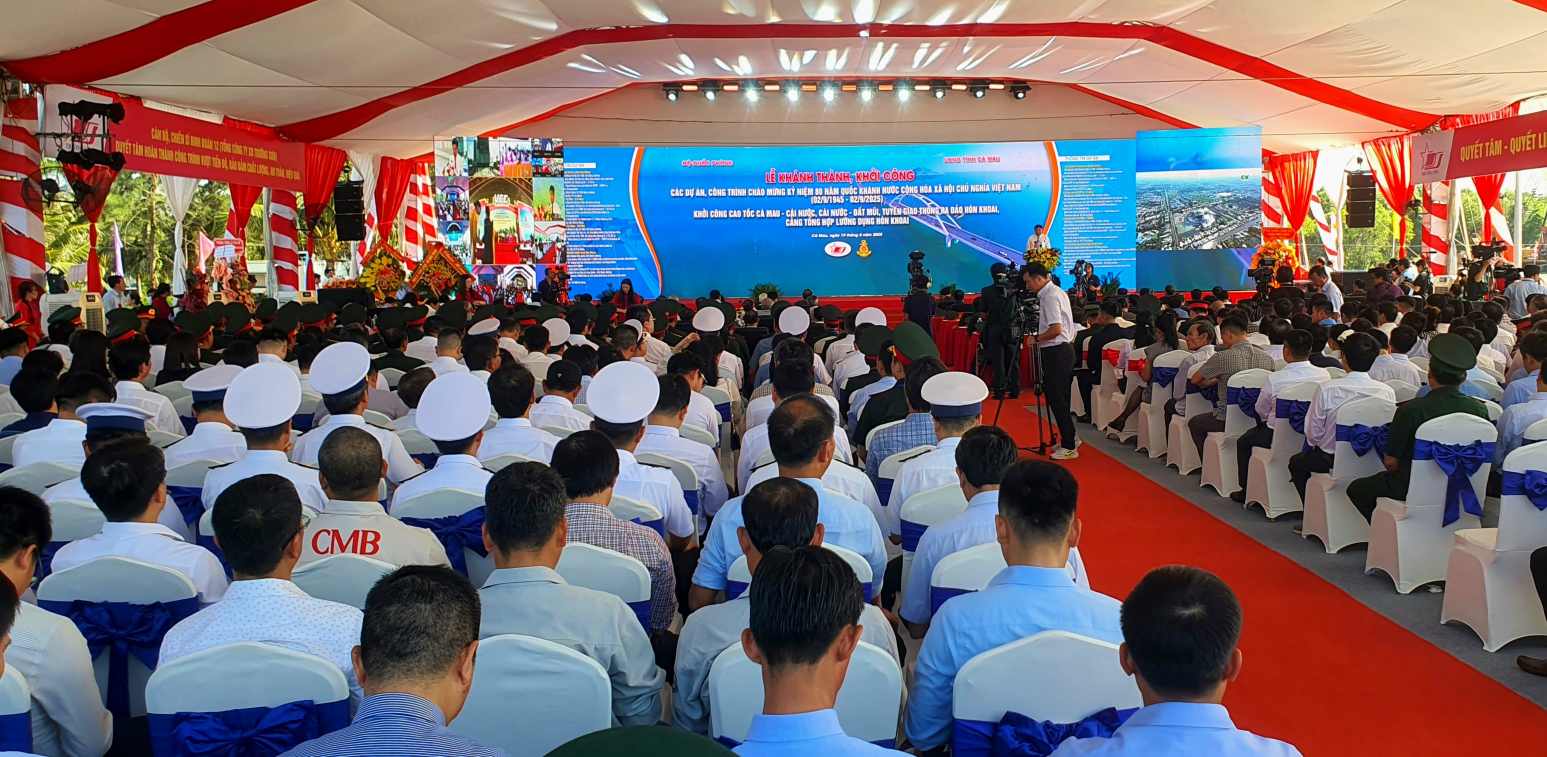
However, Hon Khoai has not been exploited for tourism and economy for a long time, mainly serving national security and defense. Therefore, there is no sea route to transport tourists to Hon Khoai. Of course, the image of Hon Khoai rarely appears on social networks even though this is a quite famous place.
Hon Khoai is on fire
On August 19, the Ministry of National Defense started construction of 3 key projects associated with Hon Khoai, including: Ca Mau - Dat Mui Expressway, the sea-crossing route to Hon Khoai Island and Hon Khoai dual-use general port. This is considered a major turning point, turning this frontline into a strategic connecting center of the region.
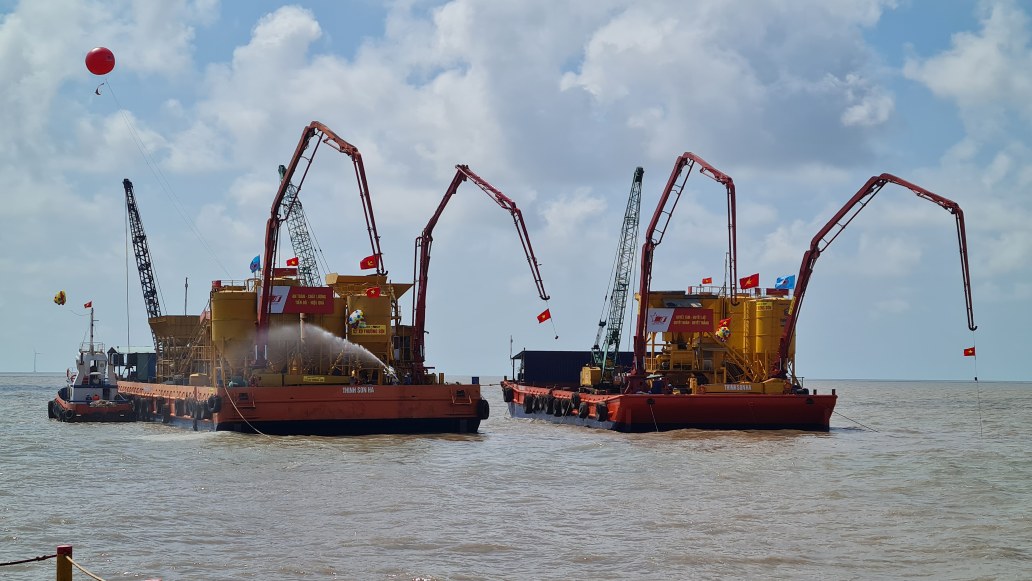
The overpass is about 18 km long, connecting the end point of the Ca Mau - Dat Mui expressway with Hon Khoai island, designed according to modern standards with 4 lanes, maximum speed of 80 km/h. When completed, this will be the longest overpass over the sea in Vietnam, with a total investment of more than VND 25,700 billion, expected to be completed by the end of 2028.
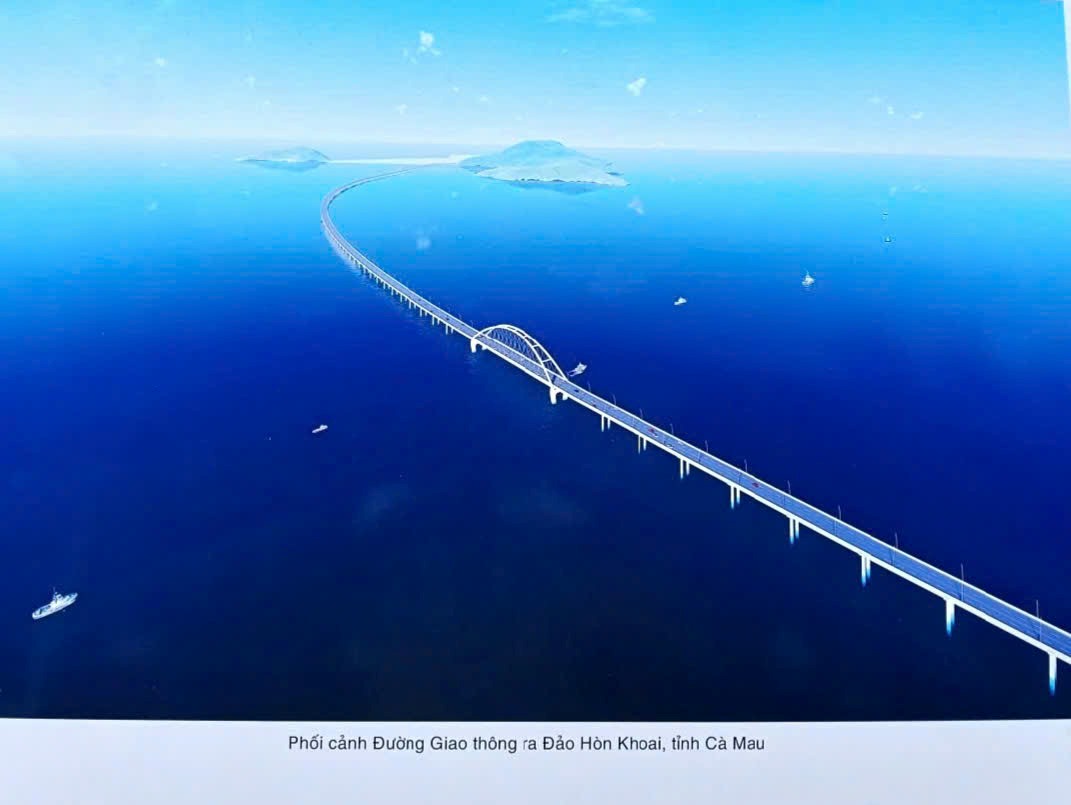
The Hon Khoai Dual-use General Port Project is being implemented right on the island, about 17 km from the mainland. The scale of the first phase includes a 1,000 m long wharf, with a capacity of 20 million tons/year; the water area and quay port are about 203 hectares wide, receiving ships with a capacity of up to 250,000 DWT.
In the completion phase, the port will expand to 686 hectares, adding 2 more general cargo and container ports with a length of 1,000 m and 2 liquid and gas cargo ports, capable of receiving 150,000 DWT ships.
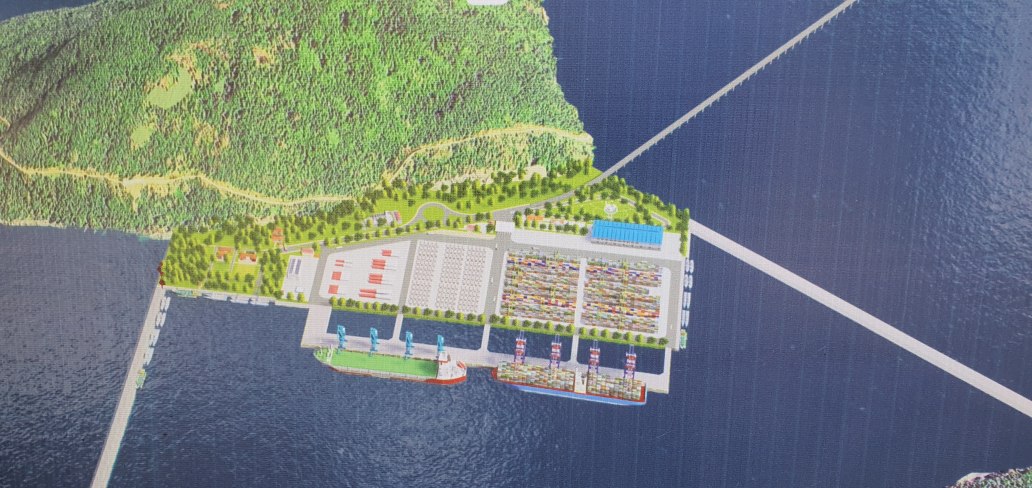
More than 8 decades after the Hon Khoai uprising, this revolutionary symbol is transforming into a strategic gateway, a pillar of national security, defense and a driving force for socio-economic development in the southernmost part of the country.
On October 19, General Secretary To Lam and the working delegation visited Hon Khoai to inspect after exactly 2 months of starting construction of projects in Hon Khoai island cluster.
At the inspection, the General Secretary emphasized that building a traffic route to Hon Khoai Island, a dual-use general port of Hon Khoai, will contribute to the formation of a complete "ecosystem" of infrastructure to realize the aspiration to reach the great sea of Ca Mau - a land rich in tradition of patriotism and revolution, opening a new vision for the development of the Southern continental shelf in the new era of development.
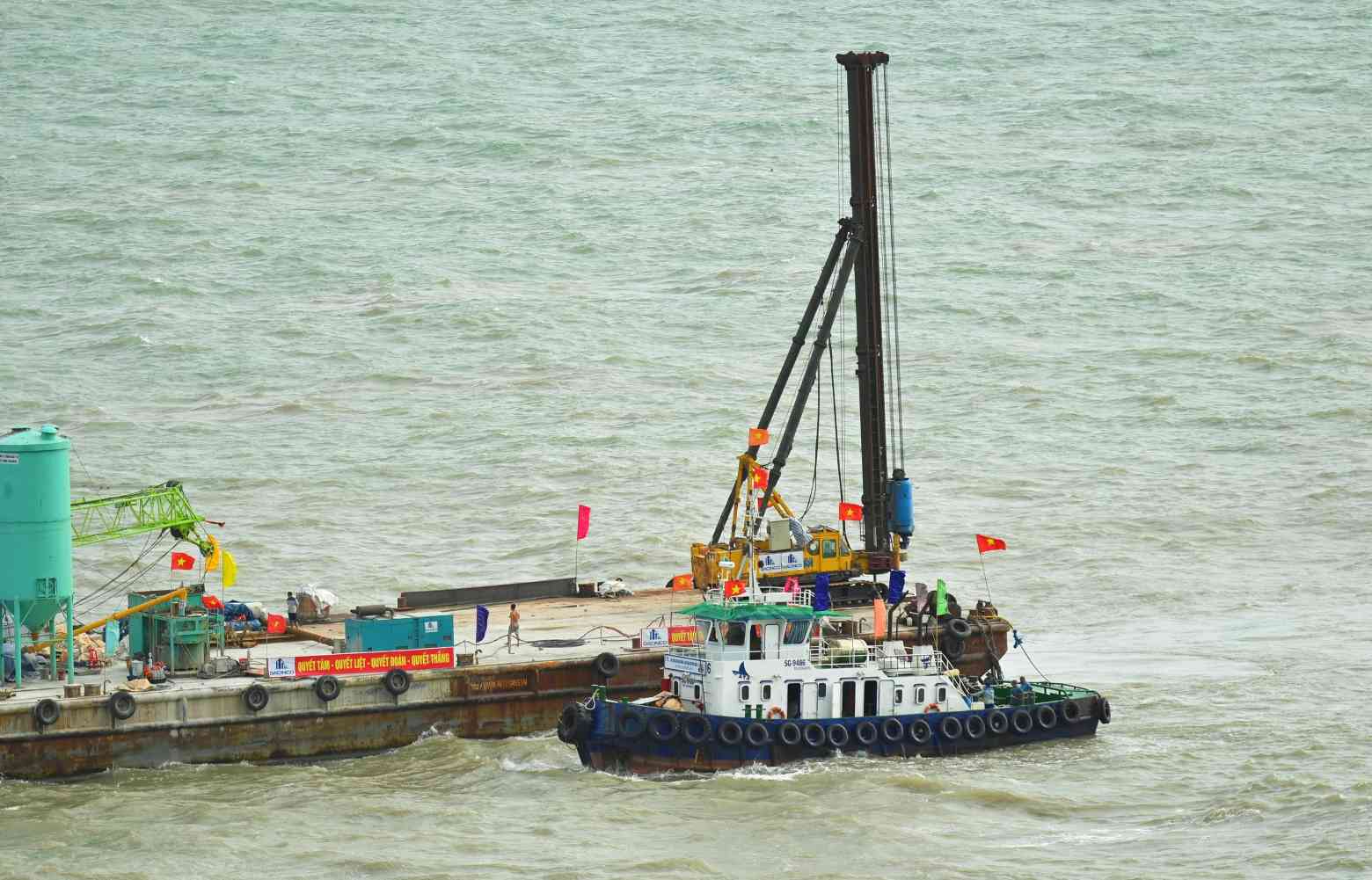
The General Secretary noted that economically: Hon Khoai will be an important connection point for the Mekong Delta key economic region, reducing transportation and logistics costs, reducing the burden on the port system in Ho Chi Minh City and the Southeast region, bringing agricultural and aquatic products for export directly to international shipping routes, opening up new development space for Ca Mau, maximizing the potential of the sea and local economic development capabilities, continuing to promote high-quality processing and logistics services, forming a new international trade gateway for Vietnam.
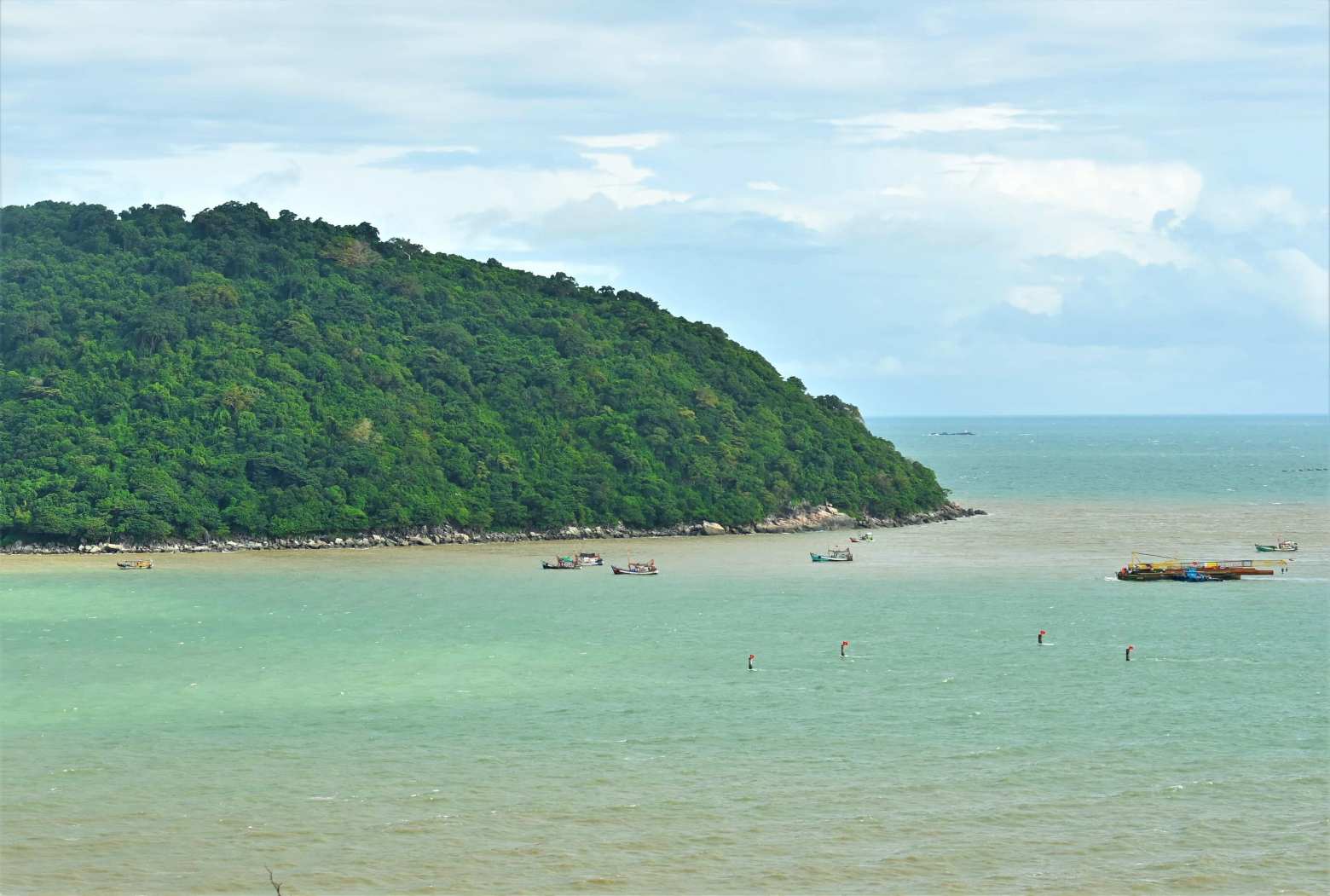
Regarding the Hon Khoai island project, the General Secretary suggested that all forces on the construction site must thoroughly grasp the spirit of Hon Khoai as a national strategic focus; seaports and overpasses not only serve the people - economy, but also serve as a pillar of national defense - security in the southernmost part of the Fatherland.
The General Secretary emphasized that Hon Khoai is not just a project - that is the oath of the nation, a step forward for an aspirational and self-reliant Vietnam.




